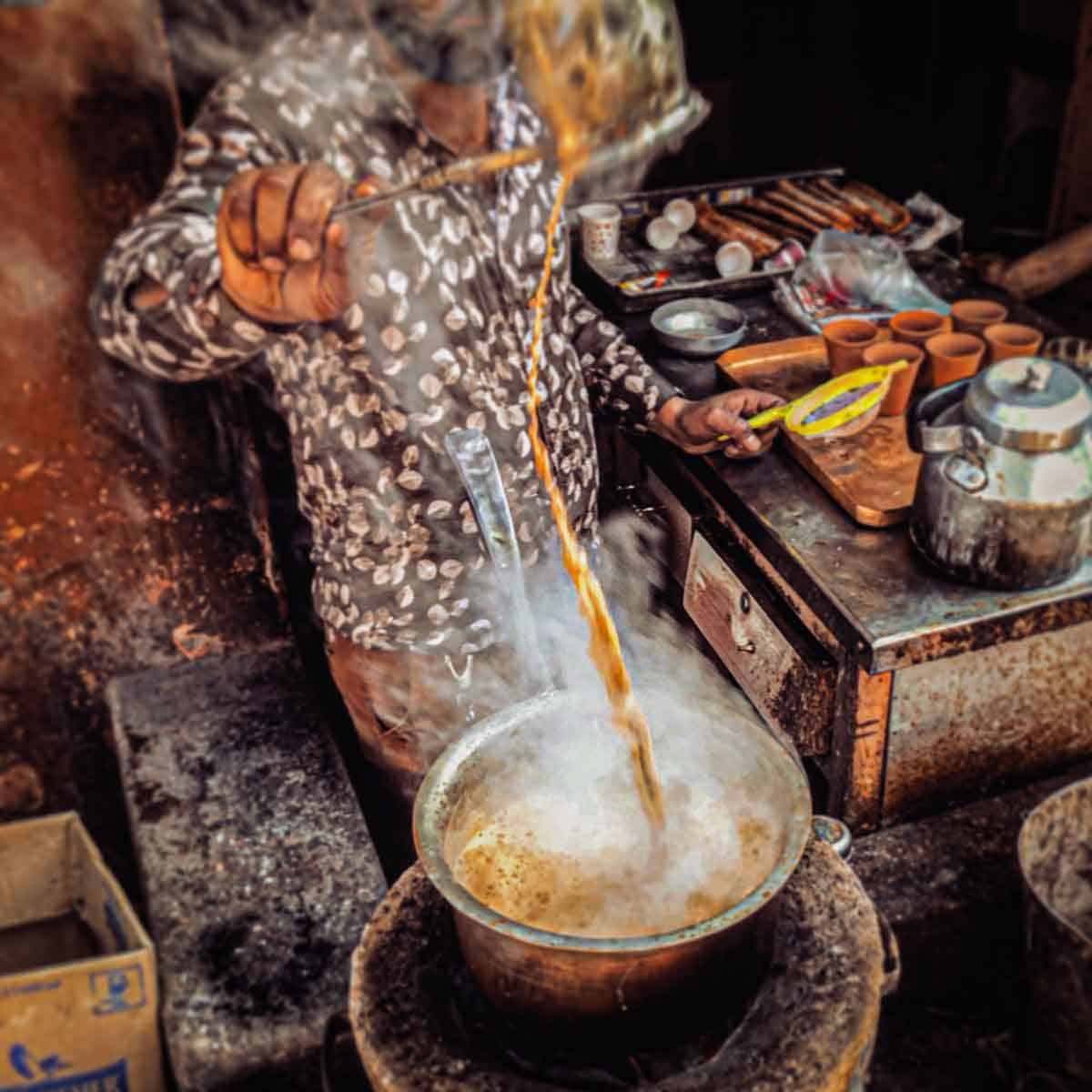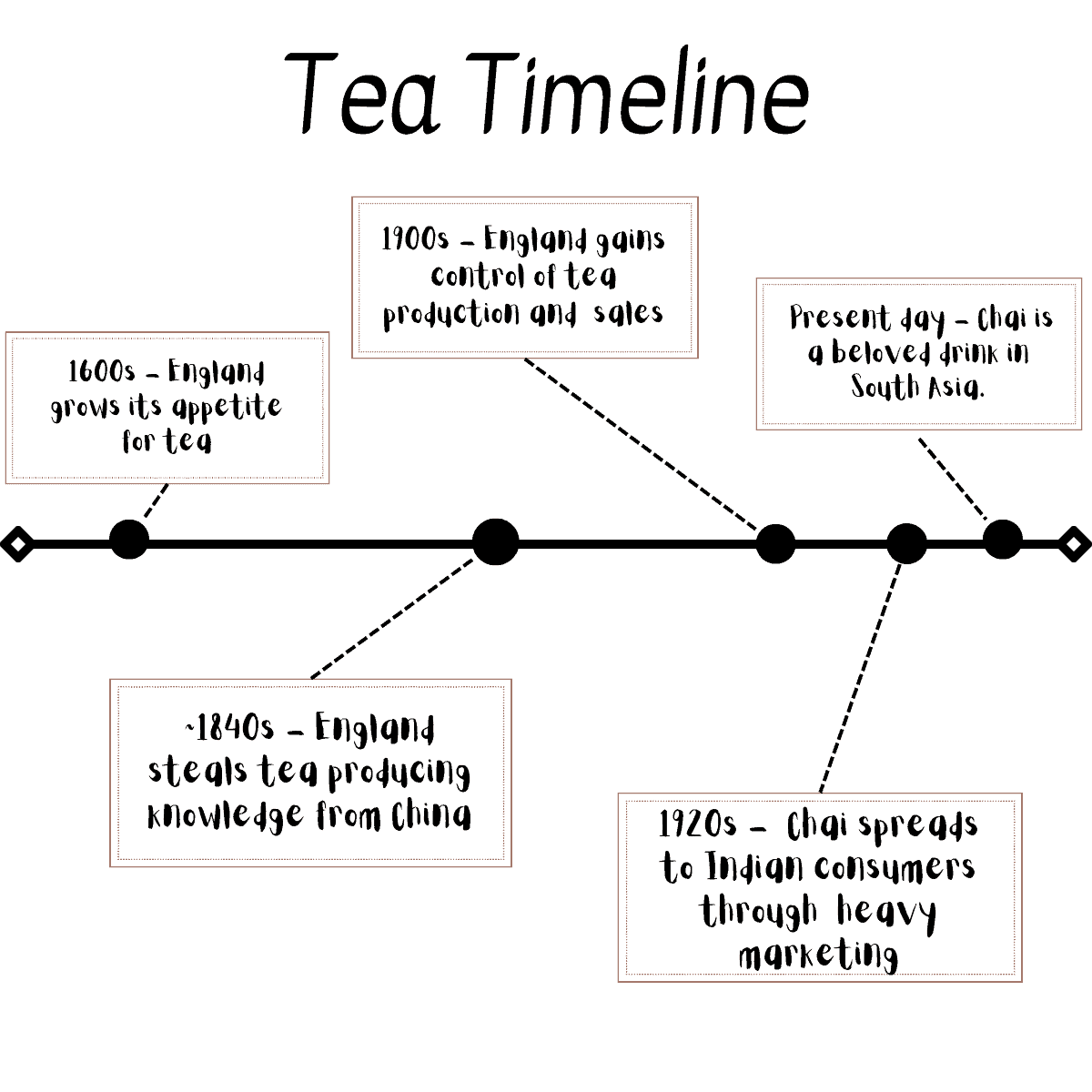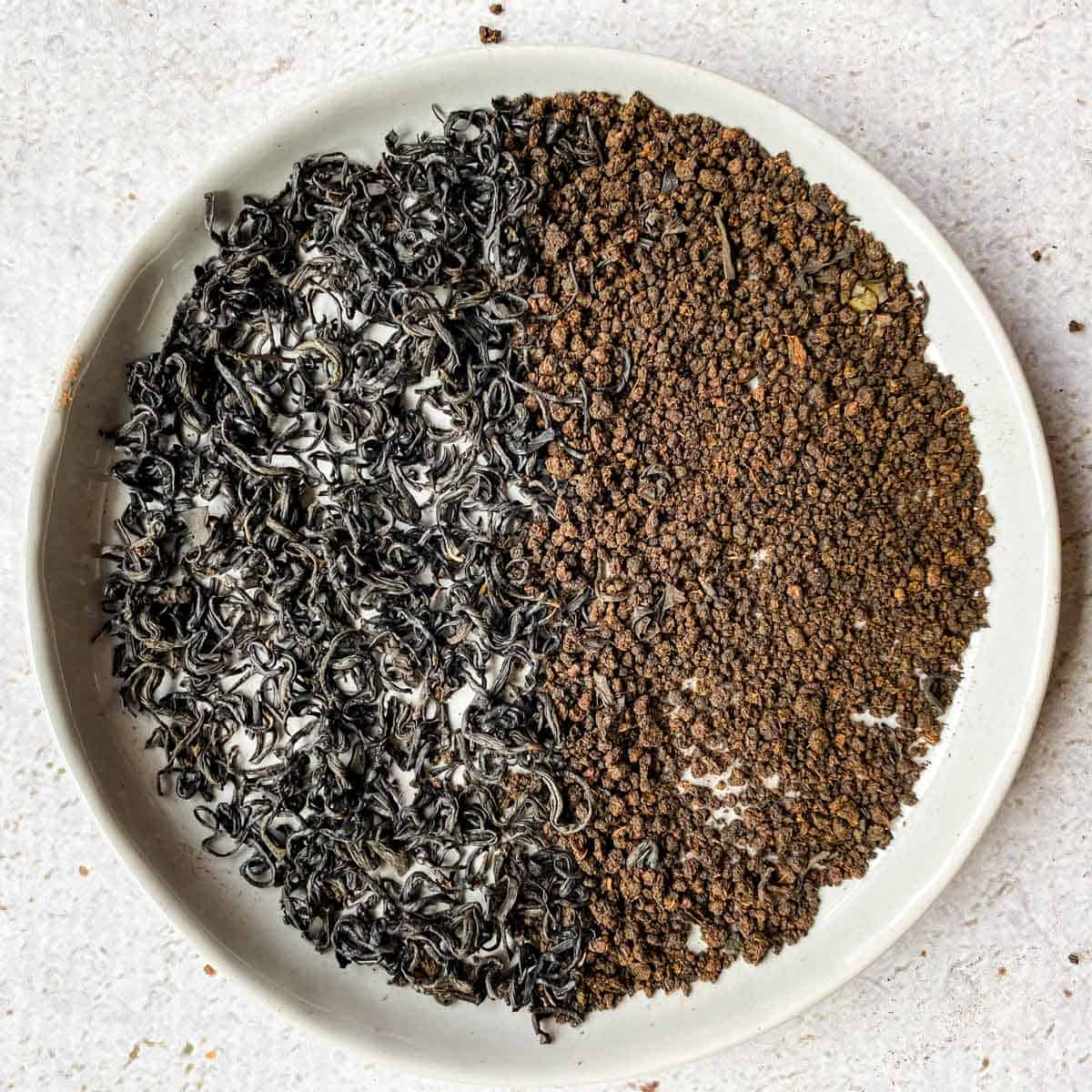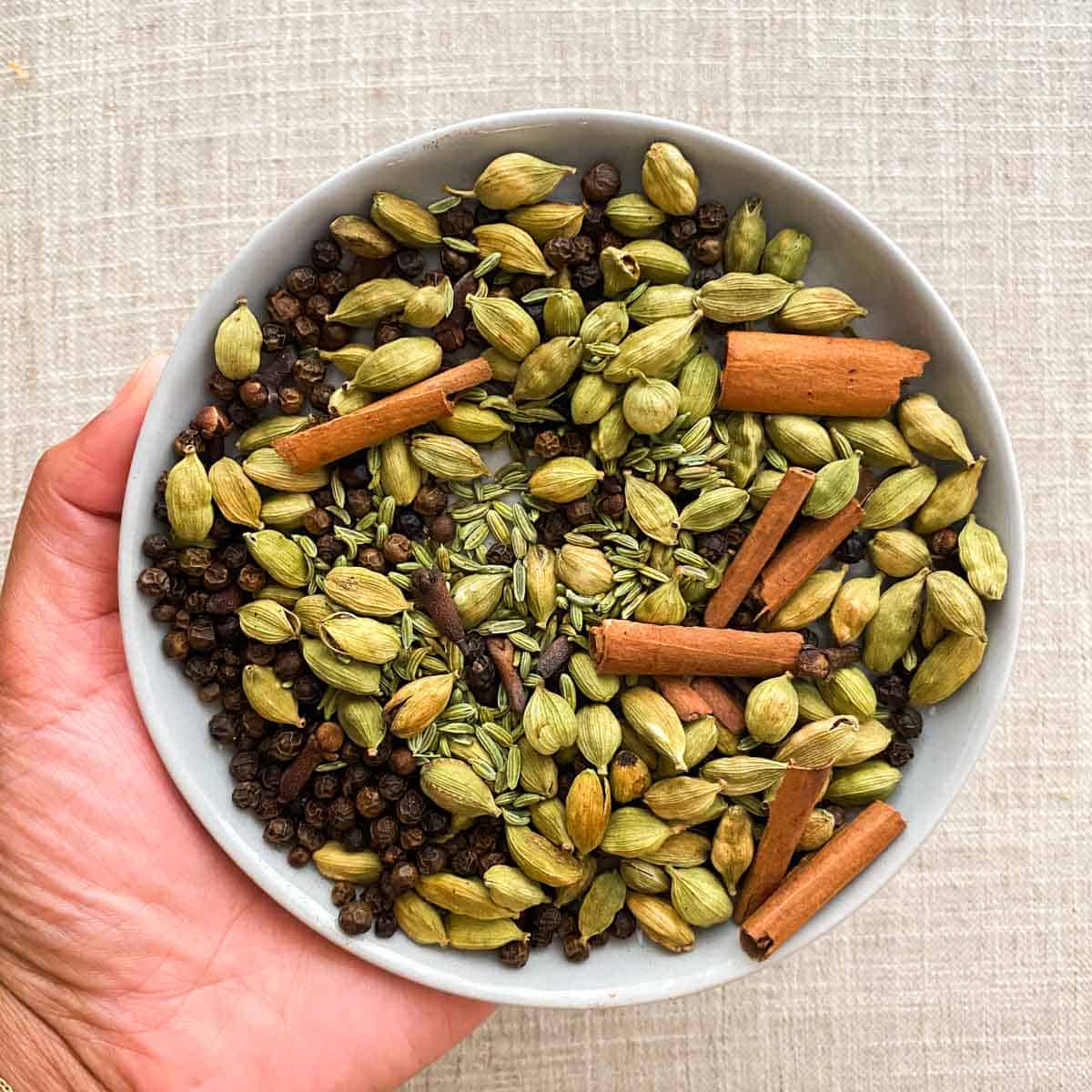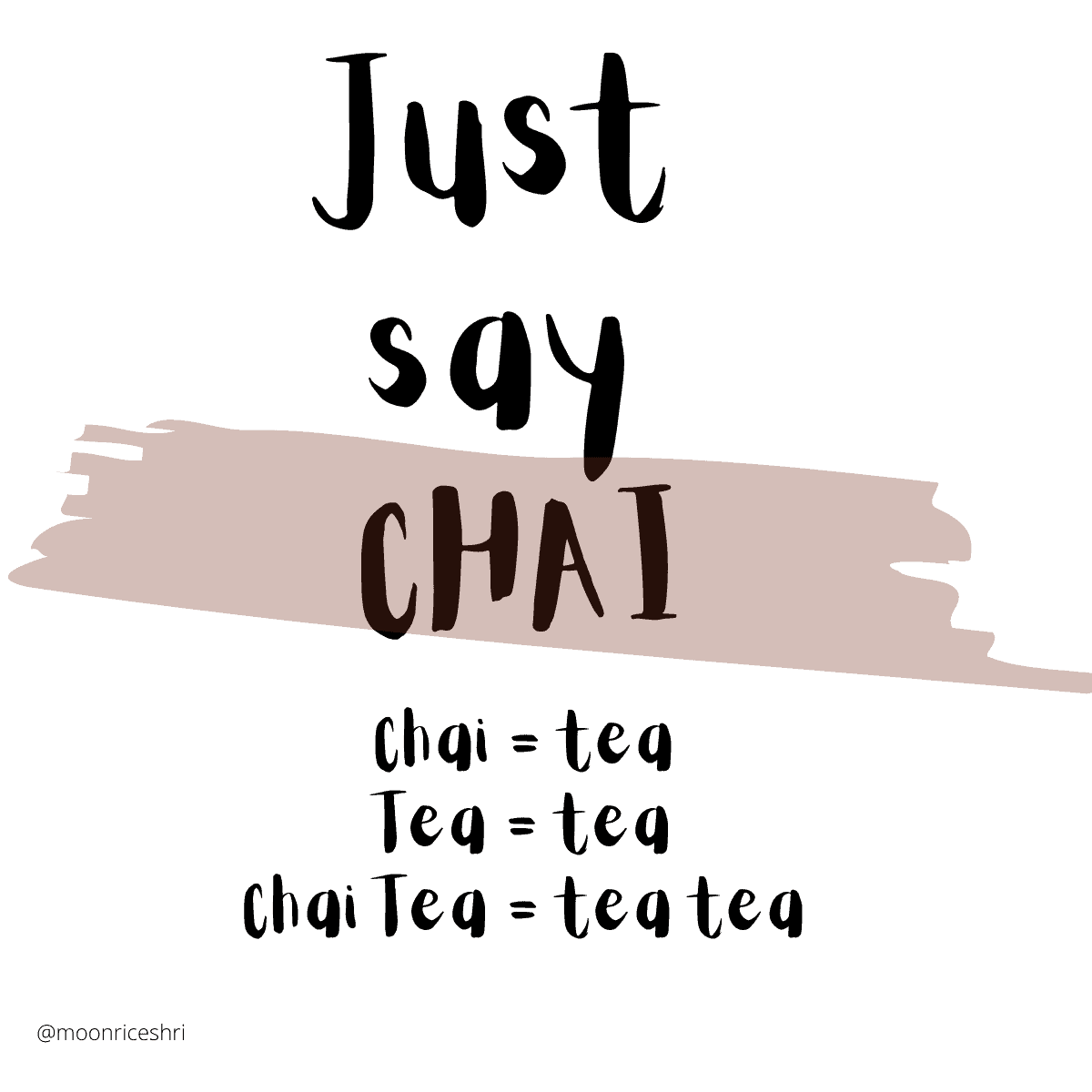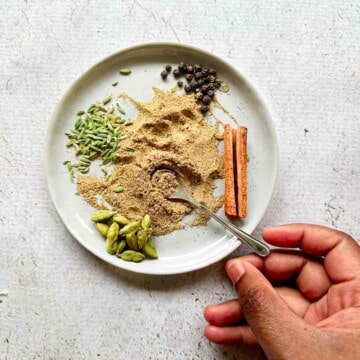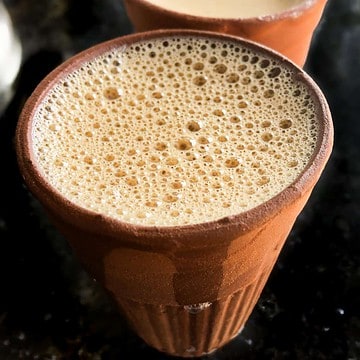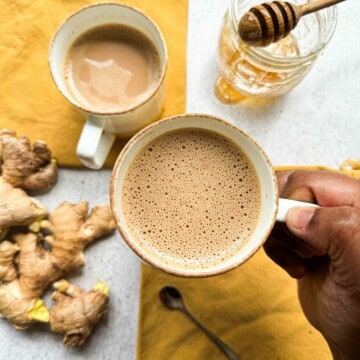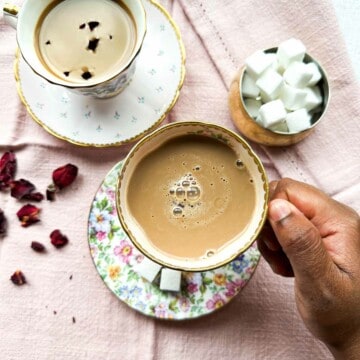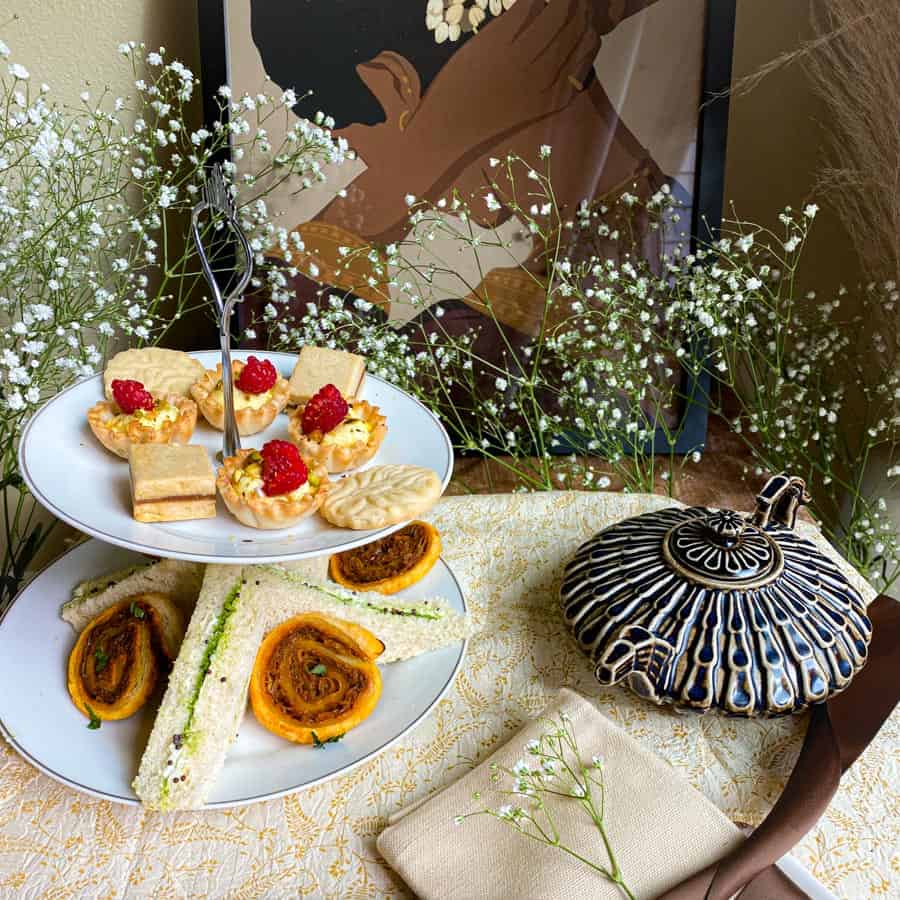However, this unassuming drink that is now a staple in South Asian households has a turbulent past that is rooted in colonialism and capitalism. Chai really became a mainstream part of the Indian culture around the 1920s. So we’ll back up to the 1600s to learn how it gained its popularity.
China’s monopoly on tea
Around the 1600s, Europeans had a huge appetite for tea after traveling east and learning about it from China. The British then started drinking tea with milk and sugar. Sugar, which was being imported to England from the West Indies, further spread the love for tea in England. At the time, China was the country with the expertise to grow and sell tea. They were the ones who had a monopoly on tea production and sale. China, however, only accepted silver in exchange for their tea leaves. At one point, the British bought so much tea from China that their silver reserves were running low. This really threatened the British economy and so the British sought to sell China other goods to balance the trade deficit. At this point, Britain started trading opium in exchange for tea. This deeply affected the citizens of China, who became addicted to the drug, and led to the opium wars. As a result of this contentious exchange, the trade lines between China and Britain were disrupted. Britain still wanted tea and sought other ways to meet their demand for tea that didn’t involve China.
Theft of tea from China
This is when the British turned to India, a country they started gaining more and more control over. So what did the British do? The British tried to grow tea in India but lacked the expertise to do so. A British spy, named Robert Fortune, snuck into China, and pretended to be one of the locals. He learned how to grow tea, smuggled out Chinese tea plants and tea experts, and brought this knowledge to India.
British colonization brought tea to India
Even with the expertise that was stolen, the British still struggled to grow tea in India. The first iterations of growing tea were in the northern state of Assam. However, the stolen Chinese variety of tea did not grow well in Assam. Assam’s high temperature and low altitude wasn’t suited to the Chinese tea plant. However, this same Chinese variety was grown in Darjeeling which is a city in the northern part of West Bengal. It’s lower temperatures and high altitudes led to some success in the Chinese tea plant growing there. The British started gaining some success but not much. Eventually, the British figured out that there was an indigenous tea plant that grew in Assam. The Assam tea plant was marked by its broader leaves compared to the narrow leaves of the China tea plant. The British started growing the Assam tea plant throughout India with the exception of Darjeeling. Darjeeling to this day is a standout tea producer in India. Darjeeling has a hybrid tea that is a cross between the Assam variety and the Chinese variety whereas the rest of India predominately grows the Assam tea variety. The production of tea in India rapidly started growing with the help of Indian indentured labor powering it. Even during the boom from the 1800s to the early 1900s, tea wasn’t for the Indian population. Tea was still a luxury good that was mainly for English consumption.
Rise of tea in India
After World War One, when the tea prices in Britain crashed, the British started looking for ways to increase tea sales. The British sold high quality tea to the Europeans, but they wanted to make money selling the low quality tea. The low quality of tea that they sold is known as CTC (crush, tear, curl) tea. It is a machine-processed tea that is strong and bitter and was sold to the Indian people. You can learn more about CTC tea here. Although the British wanted to sell this tea, the Indian population did not have a habit of drinking it. In the 1920s, the British East India Company started a heavy marketing campaign to market the product to the Indian consumer. The British gave tea out for free in the beginning. They convinced lobbies to give Indian workers a tea break in which they could consume tea. They even put up signs in different Indian languages to teach people how to brew tea. Tea shops were setup at the newly built railway stations which helped tea spread throughout India. In the beginning, the nationalist movement, folks like Gandhi who were fighting for Indian liberation, boycotted tea. They saw consumption of tea as a symbol of British oppression. Despite that resistance and with decades of marketing, tea became more and more popular throughout India.
Indian people make chai their own
When tea started spreading throughout India different tea vendors, also known as chai wallas, started adding spices to the tea. The practice of adding spices to boiling water and drinking it was already a part of Indian culture, the tea was just the new addition. Tea was transforming to fit the Indian taste palate. The CTC tea was bitter and strong compared to the British orthodox tea that was more delicate. However, this strong CTC tea could stand up to the spices that the chai wallas added. This resulted in a delicious cup of chai that was well balanced. Some say that the act of adding spices was an act of protest in itself. By adding spices to the chai, it reduced the amount of tea leaves needed to brew a cup. This probably didn’t curb tea consumption; however, it was a way that Indians were able to make tea their own. Every household, including mine, claims that their chai masala recipe or spice blend is the best. This pride I imagine comes from taking a once bitter drink and transforming it into something quite delicious.
It’s chai not chai tea
In the United States, the popularity of chai is increasing. Mainstream coffee shops often refer to the drink as “chai tea” or “chai tea latte” which makes Indians cringe upon reading. The reason for this is that chai is a Hindi word which means tea. When a sign says “chai tea” it means “tea tea” which is redundant. It signals that the salesperson doesn’t understand the meaning behind the drink as they are profiting from it. It is really important that if we consume this drink that we learn how to properly refer to it. So when referring to this beloved tea, just say chai.
Chai Recipes
There are some delicious chai recipes on the blog. Try out my homemade chai masala! It is a spice blend with warming spices like cardamom, cinnamon, fennel, and black peppercorn that you can use to make chai or to spice up desserts.
Indian Chai Party
Also checkout my blog post on throwing an Indian chai party. It is my way of reimagining the British tea party into an Indian chai party. There are tips and tricks on how to host a party. It includes a list of delicious food and decor to throw the event.
